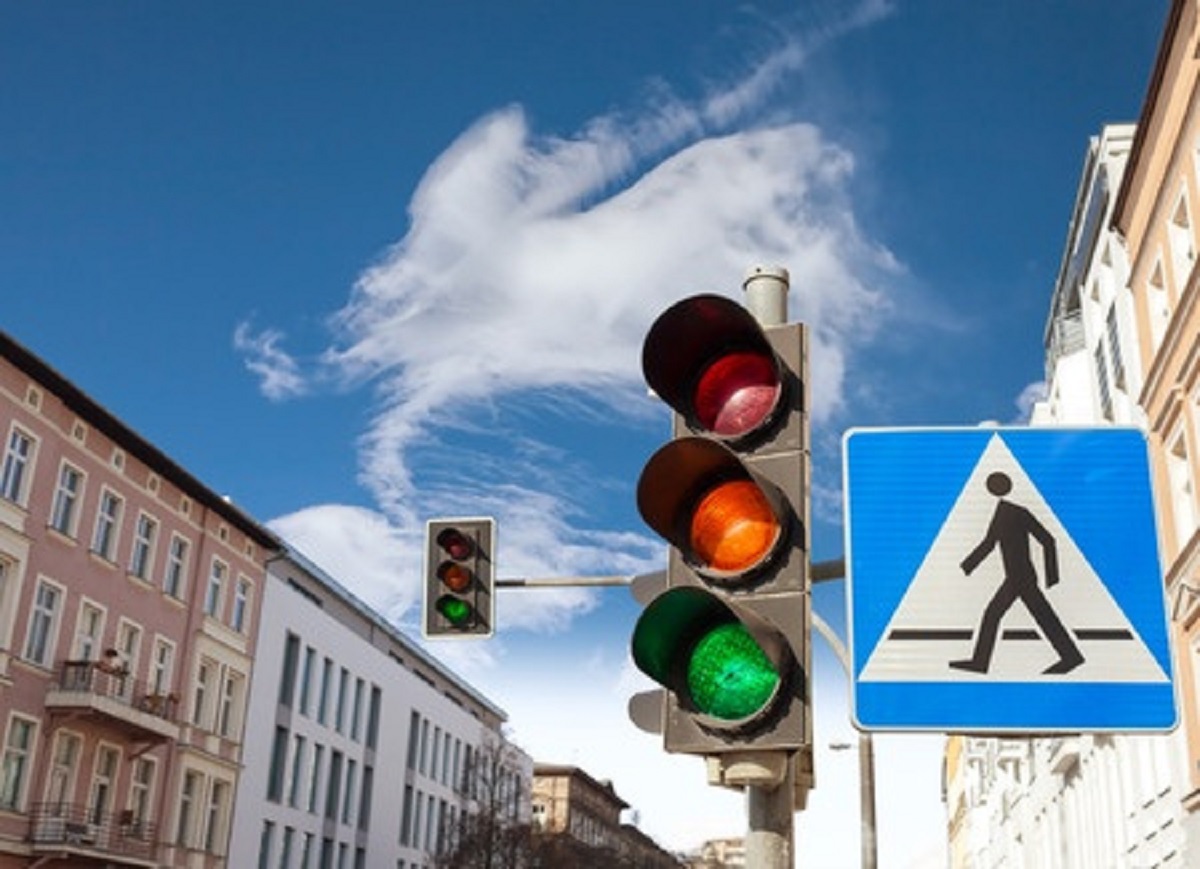To promote safety for everyone while out on the road, all drivers, especially younger ones, must learn to respect the right-of-way of others and to practice caution while advancing through intersections. This is an easy enough task for drivers, especially for those who just learned about it while studying for their driver’s test. However, for those who may have skimmed through the material or those who need a quick refresher, check out our guide on the basics of right-of-way and learn to become safer while behind the wheel of your vehicle.
Intersections
To put it simply, intersections are points where two roads meet, such as side streets, cross streets, roundabouts, or freeway entrances. Since the likelihood of accidents increases at intersections, drivers would be wise to proceed cautiously using the following rules:
- Crossing intersections with no yield or stop sign: Lower speed and, if necessary, prepare to stop. Yield to cyclists, pedestrians, or other cars already at the intersection.
- Making right-hand turns: Look for crossing pedestrians before proceeding, watch for cyclists on the right, and yield for motorists driving straight.
- Making left-hand turns: Always give approaching vehicles right-of-way when they don’t have yield or stop signs. Also, yield to motorists driving straight and to crossing cyclists and pedestrians.
- Proceeding into roundabouts: Yield for all traffic in the roundabout already, pay attention for pedestrians in the crosswalks, and only enter during traffic gaps.
Right-of-Way
To promote a safer traffic environment—and as a general common courtesy—drivers should always submit to the rules of right-of-way, practicing additional caution when encountering bicyclists, pedestrians, and motorcycle riders. A few examples of when right-of-way is lawfully required include when coming up to a yield sign, when pedestrians cross the street, when incoming construction and emergency vehicles have their lights flashing, and for school buses.
Intersection Right-of-Way Rules
For many drivers, it can be hard to anticipate other drivers’ actions at intersections. The following rules were thought of for decreasing the likelihood of accidents and for alerting other drivers as to when they should give right-of-way. Drivers at intersections should yield the right-of-way when:
- Arriving at “T” intersections, yielding to vehicles on through roads.
- Getting back on the road after the car was parked.
- Arriving at a stop sign just as another car does, yielding to the car on the right.
- Making a turn, but another car is driving straight.
- Another car comes to the intersection before you.
Additional Information
A few final tips involving right-of-way that drivers should keep in mind include the following:
- Never assume to know what other drivers are going to do on the road.
- Yield whenever it’s required to remain safe.
- Don’t be adamant about taking the right-of-way.
- When possible, make eye contact at intersections with the other drivers.
- Whenever possible, try anticipating other drivers’ actions whenever possible.
While it may be surprising, the law doesn’t specifically give anyone the right-of-way, instead stating who must yield the right-of-way in specific situations. More importantly, it’s also the driver’s responsibility to do whatever they can to remain safe and avoid potentially costly or even deadly collisions.
Think you or someone you know is in need of Behind the Wheel Training? Training Wheels is an Egg Harbor City driving school specializing in teaching new teen drivers how to stay safe on the road. For more information on our lessons, please click here.
Copyright: maciejbledowski / 123RF Stock Photo

